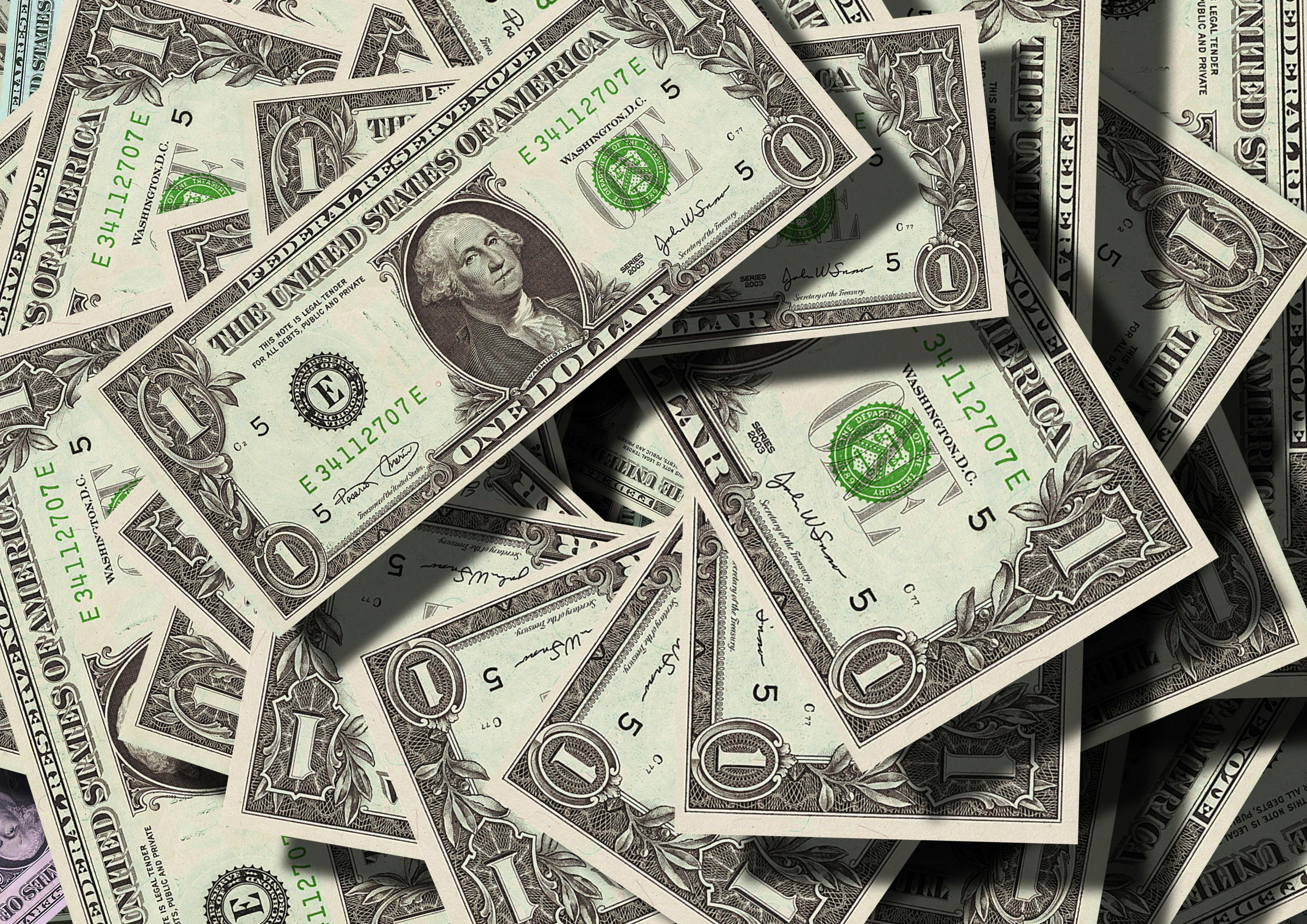
The dollar sign, a ubiquitous symbol that graces everything from our wallets to our digital screens, feels like an immutable fixture of the financial world. Yet, beneath its sleek, familiar curves lies a history rich with speculation, international intrigue, and surprising twists. It’s a symbol so deeply ingrained in our collective consciousness that its origins are often taken for granted, fading into the background of everyday transactions and complex code.
But for those willing to look closer, the story of the dollar sign is far more captivating than a simple accounting mark. It’s a narrative woven through centuries of global trade, colonial expansion, and linguistic evolution, touching upon everything from ancient mythology to the dawn of computing. This isn’t just about a symbol; it’s about the powerful currents of history that shaped how we quantify value and communicate wealth.
Join us as we pull back the curtain on this iconic emblem, digging deep into the archives and unraveling the most compelling theories behind its birth and evolution. From the bustling markets of the Spanish Americas to the intellectual debates of Enlightenment-era scholars, we embark on an investigative journey to understand how a simple ‘S’ with a line (or two!) became the shorthand for so much of the world’s economy and beyond.
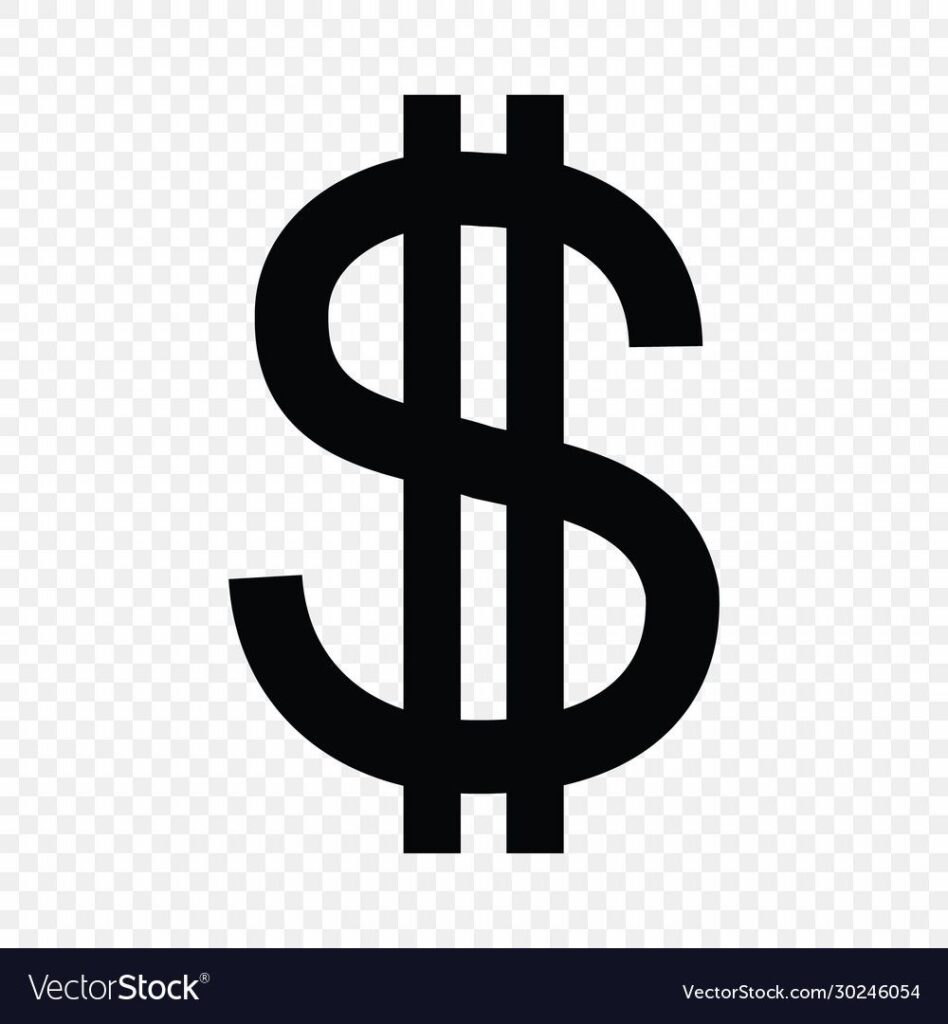
1. The Dollar Sign: A Universal Symbol with Deep Roots.
At its most fundamental, the dollar sign, also known as the peso sign, is a currency symbol composed of a capital ‘S’ intersected by one or two vertical strokes. This iconic glyph, represented universally in Unicode as U+0024 $, serves as a clear indicator for the unit of numerous currencies across the globe, predominantly those denominated as ‘dollar’ or ‘peso.’ It’s a testament to its widespread adoption that, in many local contexts, the nationality prefix typically associated with a currency, such as ‘US$’ for the United States dollar or ‘R$’ for the Brazilian real, is often omitted, with the symbol alone sufficing to convey monetary value.
While we commonly see it accompanying currencies named ‘dollar’ or ‘peso,’ its utility extends further, being incorporated into compound currency symbols like the Brazilian real (R$) or used for currencies with entirely different names, such as the Macanese pataca (MOP$) or the Tongan paʻanga (T$). This adaptability speaks volumes about its power as a visual shorthand for monetary units. Its presence is so pervasive that in countries with other currency symbols, when the ‘$’ appears alone, it’s frequently assumed to represent the U.S. dollar, underscoring its significant global recognition.
Interestingly, the decision to render the dollar sign with one or two strokes is often seen as a mere stylistic variation, primarily dependent on the typeface used. The Unicode computer encoding standard, in fact, defines a single code point for both versions, considering them allographs rather than distinct characters. However, as we will explore, there have been historical instances and specific customs where one version might have been legally or culturally assigned to a particular currency, adding layers of nuance to its seemingly simple design.
Read more about: Bringing Back Legends: 15 Iconic ’60s Cars That Truly Deserve a Modern Comeback
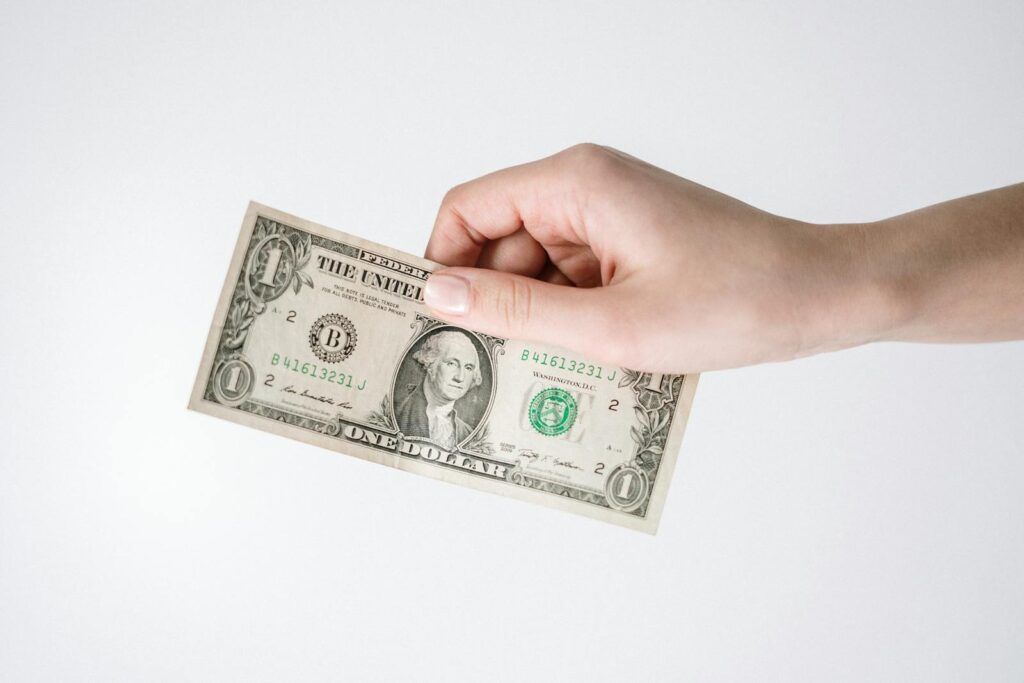
2. Birth in the West Indies: The Spanish American Peso Connection.
The dollar sign’s initial documented appearances can be traced back to the 1770s, specifically within business correspondence originating from the West Indies. In these early records, the symbol referred directly to the Spanish American peso, a currency also widely recognized in British America as the “Spanish dollar” or the evocative “piece of eight.” This historical link is not merely coincidental but foundational to the symbol’s subsequent journey into becoming a global monetary emblem.
The influence of these Spanish coins on the nascent United States was profound. Following its independence, the U.S. adopted a new currency system in 1792, directly modeling it after the Spanish coins that had long circulated as the dominant tender in the colonies. The Coinage Act of 1792 explicitly defined the U.S. dollar to have “the value of a Spanish milled dollar as the same is now current,” cementing this crucial historical lineage. Indeed, foreign coins, particularly Spanish ones, continued to be legal tender in the U.S. until the Coinage Act of 1857.
While the earliest U.S. dollar coins themselves did not feature the dollar symbol, its appearance in print is claimed to date back to the 1790s, with a Philadelphia printer named Archibald Binny, creator of the Monticello typeface, often cited. This early emergence in American print, coupled with its strong ties to the Spanish American peso, firmly places the symbol’s genesis in a vibrant era of trans-Atlantic trade and burgeoning nation-building, far before any official U.S. government adoption, hinting at its organic evolution from commercial necessity.
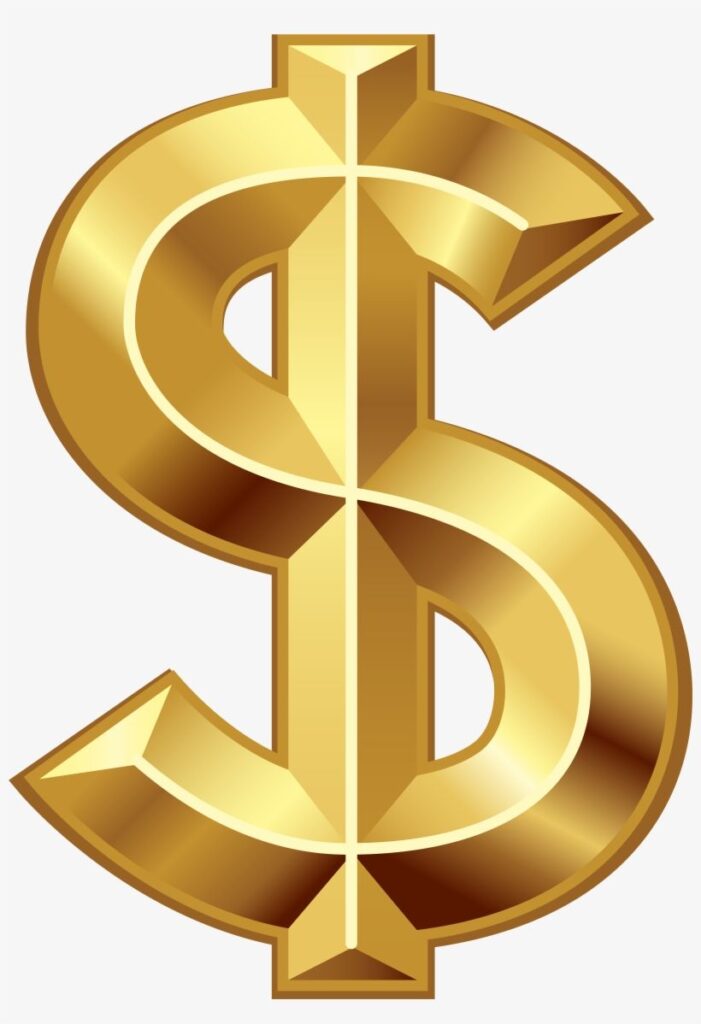
3. The Scribed Abbreviation Theory: From ‘Ps’ to ‘$’.
The most widely accepted and compelling theory regarding the dollar sign’s origin posits that it evolved from the scribal abbreviation “p s ” for ‘pesos.’ This hypothesis is not based on mere conjecture but is supported by a meticulous study of late 18th and early 19th-century manuscripts. These historical documents reveal a fascinating graphical transformation where the ‘s’ in ‘ps’ gradually came to be written directly over the ‘p,’ creating a composite form that strikingly resembles the modern ‘$’ mark.
Oliver Pollock, an affluent Irish trader and a pivotal early supporter of the American Revolution, provides crucial documentary evidence for this theory. In a letter dating back to 1778, Pollock is noted to have used the abbreviation “ps,” sometimes rendering it in a fluid, run-together manner that bears an almost exact resemblance to the dollar sign we recognize today. This tangible example from a significant historical figure lends substantial weight to the idea of its organic evolution from a practical scribal shortcut.
Further reinforcing this theory, historical documents also demonstrate the common use of the two-stroke version of the symbol in Portugal as early as 1775, which could similarly stem from an abbreviation or variant use of a peso-like currency notation. This cross-cultural consistency in early adoption of a similar symbol suggests a shared scribal tradition or commercial need that transcended immediate national boundaries, solidifying the ‘ps’ abbreviation as a highly probable ancestral form for the dollar sign.

4. The Pillars of Hercules: A Classical Symbol’s Influence.
Another captivating hypothesis traces the dollar sign’s genesis to a visual representation of the Pillars of Hercules. These classical symbols, traditionally marking the two sides of the Strait of Gibraltar, often appeared with a ribbon wrapped around one or both pillars, forming an ‘S’ shape. This device was a significant support element of the Spanish coat of arms and was prominently featured on the most common ‘real de ocho’ coins circulating throughout the Americas and Europe during that era.
The coins minted at the legendary Potosí mint in Bolivia, which operated continuously from 1573 to 1825, are particularly relevant to this theory. These pieces of eight frequently depicted the Pillars of Hercules with ‘S’ ribbons, an iconic image that would have been instantly recognizable and widely circulated. The direct visual correlation between the ‘S’-wrapped pillars on these coins and the dollar sign suggests a potent symbolic lineage, connecting the currency to the vast power and reach of the Spanish Empire.
This theory gains further credence from historical accounts, such as the fact that one of the names used for Spanish dollars in Qing Dynasty China was 雙柱 (Shuāngzhù), meaning ‘double-pillar.’ This linguistic connection strongly implies that the imagery of the Pillars of Hercules was not only recognized but conceptually linked to the Spanish dollar’s identity in global trade. It offers a romantic and visually rich origin story, marrying the practicalities of commerce with enduring classical symbolism.

5. The Potosí Mint Monogram: An Ingenious Coin Mark.
A variant of the Pillars of Hercules theory offers an even more specific and ingenious connection to the renowned Potosí mint. This hypothesis suggests that the dollar sign could directly derive from the mint mark itself, which frequently appeared on the Spanish Empire’s silver coins. A substantial portion of the world’s silver supply was mined and minted in Potosí, making its coinage incredibly influential and widely recognized.
A distinctive feature on many of these Potosí coins was a superimposed monogram comprising the letters “P T S I.” Intricately designed, the core of this monogram, when viewed carefully, reveals a shape remarkably similar to a single-stroked dollar sign. This suggests a direct, embedded origin within the very currency itself, rather than a separate scribal evolution.
If this theory holds true, it paints a picture of the dollar sign as a symbol born from the heart of global commerce and imperial wealth. The mark of the mint, representing both the origin of the precious metal and the authority of its production, could have gradually been abstracted and adopted as a shorthand for the valuable currency it represented. This makes the dollar sign not just a symbol of money, but a direct echo of its source.
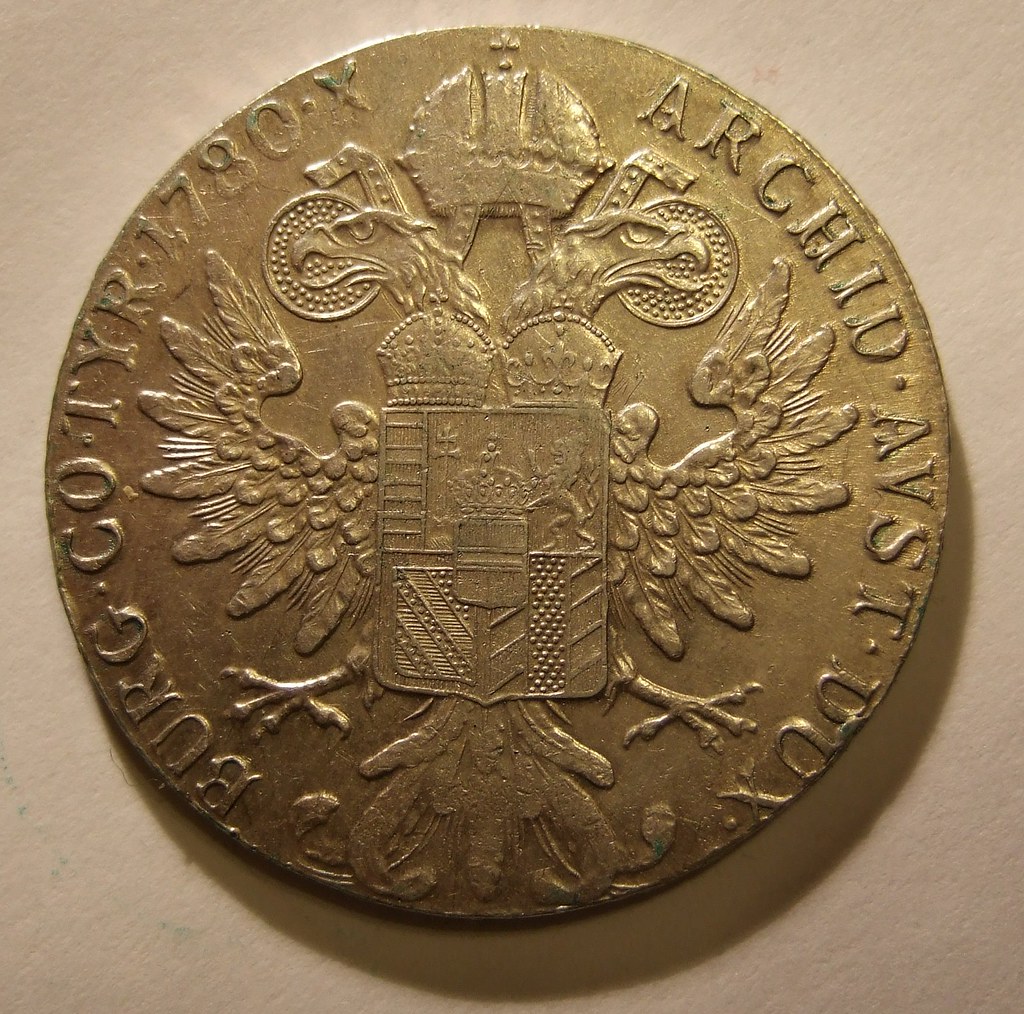
6. The German Thaler Link: Tracing Back to Joachimsthal.
Venturing beyond Spanish influence, yet another intriguing hypothesis connects the English word “dollar” to the German “thaler,” and consequently, the dollar sign itself to German silver coins. The English word “dollar” for the Spanish piece of eight originally filtered into the language via the Dutch “daalder,” which in turn derived from “Joachimsthaler” or “thaler” – a large German silver coin widely used across Europe.
Given this linguistic lineage, it is conjectured that the dollar sign might have stemmed from a symbol used to denote these German silver coins. This symbol is believed to have consisted of a superimposed ‘S’ and ‘I’ or ‘J.’ Such a combination appears in historical texts, notably in the 1686 edition of ‘An Introduction to Merchants’ Accounts’ by John Collins, providing some documentary basis for this theory. The presence of similar composite symbols in European accounting practices lends credibility to this alternative origin.
Alternatively, a more visually distinct possibility suggests the symbol could have originated from a “snake and cross emblem” that was present on some thaler coins. While perhaps less direct than the superimposed letters, any consistent and recognizable mark on a widely circulating currency has the potential to become an iconic shorthand. These German-centric theories offer a fascinating deviation from the predominantly Spanish-focused explanations, suggesting a broader, pan-European influence on the dollar sign’s ultimate form.
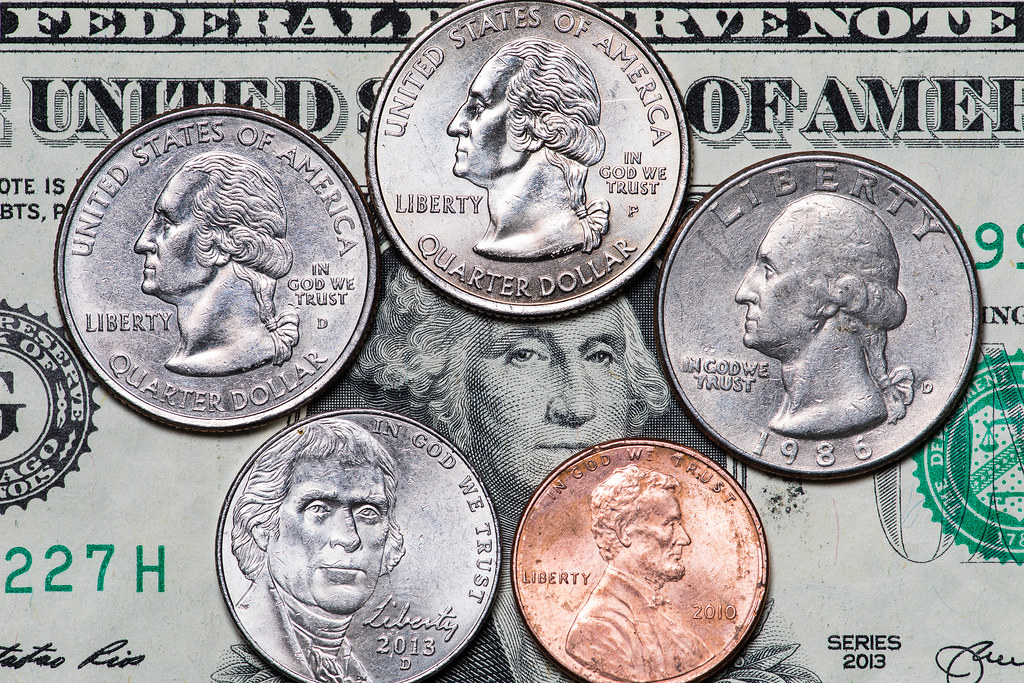
7. Exploring Less Likely Origins: Debunked or Contradicted Theories.
While the preceding theories offer compelling arguments, the history of the dollar sign is also dotted with a number of hypotheses that, despite their initial appeal, have largely been discredited or contradicted by documentary evidence. These lesser-supported theories, while perhaps not definitive, offer a glimpse into the ongoing historical fascination with the symbol’s true origins and the various attempts to solve its enduring mystery.
One such theory, put forth by historian James Alton James in 1937, claimed that the two-stroke symbol was an adapted design by the patriot Robert Morris in 1778, used in letters written to Oliver Pollock. However, subsequent historical analysis, including further examination of Pollock’s own documents, has largely not upheld this specific attribution. Similarly, in 1939, H. M. Larson suggested the sign could derive from a combination of the Greek character “psi” (ψ) and “S,” a theory lacking broad historical or graphical support.
Perhaps one of the most persistent, yet contested, theories is that the sign originated as a monogram of “US,” with a narrow ‘U’ superimposed on an ‘S.’ The bottom part of the ‘U’ would then have been lost, creating the familiar two-lined dollar sign. This idea was mentioned in ‘Notes and Queries’ in 1876 and was famously claimed by Ayn Rand in her 1957 novel ‘Atlas Shrugged,’ where she asserted the ‘US’ monogram was used on money bags from the United States Mint. However, historical evidence of such a monogram on mint bags or in early official usage is largely absent.
Another dark and disturbing theory, noted by authors T. Seijas and J. Frederick, suggests a connection to the branding of enslaved people in Spanish territories. They observed that captors sometimes branded enslaved individuals with a symbol strikingly similar to a one-barred dollar sign, linking it to ‘esclavo’ (Spanish for ‘slave’) and ‘clavo’ (nail), implying S + clavo. While a chilling thought, this theory lacks substantial corroborating evidence to establish it as the primary origin. Finally, a theory popular in Portuguese-speaking countries connects the ‘S’ part of the double-stroked sign to the path of Umayyad Caliphate general Tariq Ibn Ziyad in 711 CE, with the two strokes representing the Pillars of Hercules he crossed. This symbol, supposedly engraved on commemorative coins, then became generalized for currency. This highly specific historical narrative, while dramatic, lacks concrete archaeological or textual backing for its connection to the dollar sign’s widespread adoption.

8. Global Reach: Currencies That Embrace the Dollar Sign.
The dollar sign’s journey from debated origins to a global emblem is remarkable, extending its embrace far beyond the ‘dollar’ and ‘peso’ currencies it primarily signifies. This ubiquitous symbol now serves as a shorthand for monetary amounts across a diverse array of nations, reflecting centuries of trade and the persistent need for clear financial communication. Its widespread adoption solidifies its status as one of the most recognized currency identifiers on the planet.
Beyond its common association with “dollar” currencies—from the United States to Australia—the symbol also marks amounts for numerous “peso” currencies, with the notable exception of the Philippine peso. In domestic contexts, the sign often stands alone, implicitly understood. However, international finance demands clarity, which is why prefixes like “CA$” for the Canadian dollar or “US$” for the United States dollar are commonly employed to prevent ambiguity.
The sign’s versatility is further evidenced by its integration into compound currency symbols for currencies bearing entirely different names. Consider the Brazilian real (R$), the Macanese pataca (MOP$), or the Tongan paʻanga (T$). Even historical currencies like the Ethiopian birr (E$) and the Malaysian ringgit have fallen under its influence. This broad international application highlights a critical need for standardization. In professional contexts, the unambiguous ISO 4217 three-letter codes (e.g., AUD, MXN, USD) are overwhelmingly preferred, eliminating potential confusion from stylistic variations.
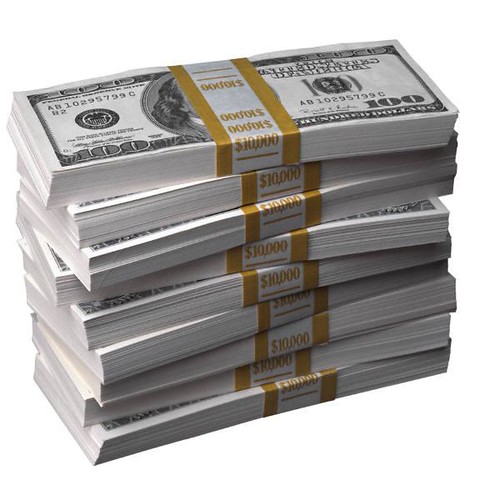
9. Placement and Ambiguity: When Does the Symbol Appear?
The seemingly simple act of placing a dollar sign carries fascinating cultural and linguistic nuance. While the symbol is nearly universally understood as a currency marker, its exact positioning relative to the numerical amount varies, revealing subtle insights into regional traditions. This variation, though minor, can occasionally lead to momentary pauses in comprehension for those accustomed to a different standard.
In a significant portion of the English-speaking world, including the United States, Australia, and English-speaking Canada, along with Latin American nations like Mexico, the dollar sign is conventionally placed *before* the number. For instance, “$5” is the standard, even though when spoken aloud, the word “dollars” or “pesos” typically follows, as in “five dollars.” This “prefix” convention is deeply ingrained in how these cultures visualize monetary values.
However, a distinct practice emerges in other regions, most notably in French-speaking Canada, where the dollar symbol usually appears *after* the number, such as “5$.”. This inversion reflects a differing grammatical structure or historical legacy. Similarly, the cent symbol (¢), when used, also frequently follows the number in most countries, like “5¢,” indicating that suffix placement is not entirely unique to the dollar sign in specific contexts. These variations, while sometimes causing minor adjustments for international audiences, rarely impede overall understanding due to the symbol’s global recognition.

10. The Cifrão: A Unique Variant in the Portuguese World.
Venturing into the Portuguese-speaking world unveils a distinct and historically rich variant of the dollar sign known as the *cifrão*. This unique symbol, always rendered with two vertical strokes, holds a special place in the financial history and contemporary currency notation of Portugal and its former colonies. It showcases a fascinating divergence in symbolic evolution from the more common, often stylistically interchangeable, one- or two-stroke dollar signs.
Historically, within Portugal, Brazil, and other territories of the Portuguese Empire, the cifrão played a crucial role as a thousands separator in the national currency, the real. Documents from as early as 1775 attest to this usage, where “123 500” would signify 123,500 réis. This intriguing application highlights how a currency symbol could also serve a vital function in delineating numerical magnitude within larger amounts.
Following Portugal’s redefinition of its national currency to the escudo in 1911, the cifrão adapted, transforming into a decimal separator. So, “123 50” would then represent 123 escudos and 50 centavos. While Portugal switched to the euro in 2002, ending this specific usage there, the cifrão’s legacy endures. Notably, Cape Verde continues to utilize the cifrão as a decimal separator for its local escudo, a tangible link to its colonial past. The name “cifrão” itself, originating from the Arabic word ‘ṣifr’ (‘zero’), speaks to the broader influence of Arabic mathematical systems on European conventions.
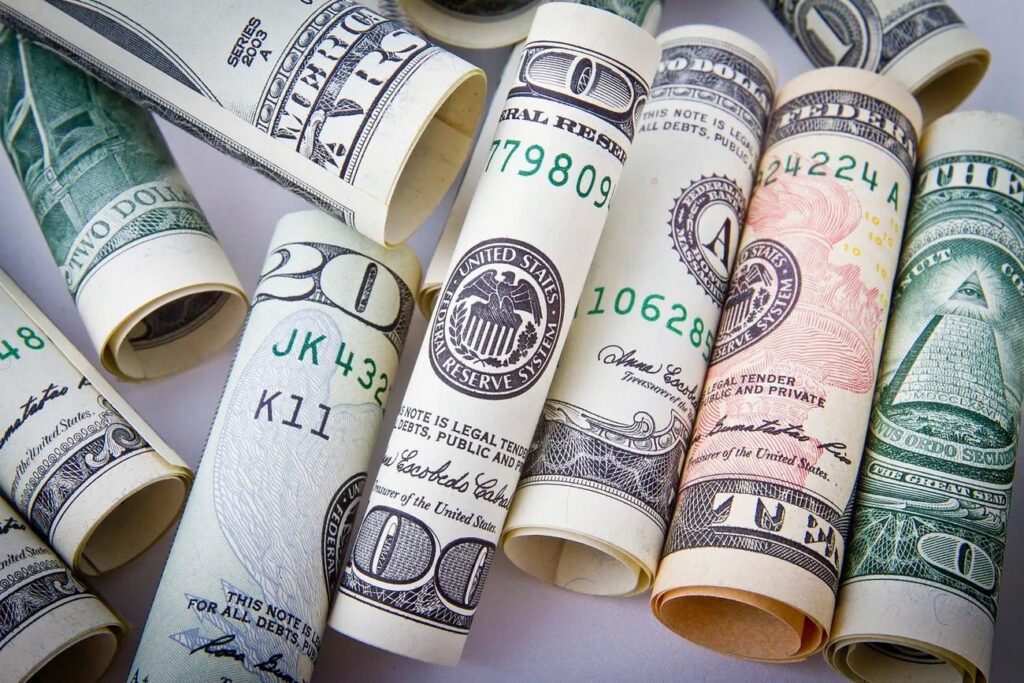
11. The Digital Divide: One Stroke Versus Two Strokes in the Modern Age.
The visual presentation of the dollar sign—whether it sports a single vertical stroke or two—often sparks casual debate, yet in the digital realm, this stylistic variation reveals a deeper interplay between historical custom, typographic design, and the rigid logic of computer encoding. While historically one variant might have been legally assigned to a specific currency, in the modern digital landscape, the distinction is largely treated as an aesthetic preference and typeface design choice.
The Unicode computer encoding standard defines a single code point, U+0024, for the DOLLAR SIGN, considering both one- and two-stroke versions as “allographs”—graphic variants of the same symbol. This means the visual rendering depends entirely on the chosen font; a document might display single-stroked dollar signs in one font and double-stroked ones in another, even though the underlying digital data remains identical. Computer and typewriter keyboards also typically feature a single key for the sign.
Despite this unified Unicode approach, the desire for distinct representation, particularly for the Portuguese *cifrão* (always double-stroked), has been formally requested but not yet allocated a separate code point. This lack of dedicated support sometimes necessitates workarounds, such as LaTeX commands, though consistent display isn’t guaranteed. Other Unicode code points like U+FE69, U+FF04, and U+1F4B2 exist for aesthetic purposes but don’t resolve the stroke debate. In critical contexts, recourse is often made to the ISO 4217 three-letter acronyms, bypassing the visual uncertainty.

12. The Programmer’s Playground: Dollar Sign in Coding Languages
Beyond its monetary function, the dollar sign has found an astonishingly prolific second life in computer programming, transforming into a versatile sigil and operator. Its universal presence in early American computer character sets made it readily available, leading to its appropriation for myriad non-monetary purposes fundamental to how software is written and executed.
In BASIC, the dollar sign is appended to a variable name, like `H$=”Hello, world!”`, to explicitly define it as a character string. Scripting languages such as PHP and AutoIt prefix it to variable names, while Perl uses it for scalar variables, including array elements (`$array[7]`) and hash values (`$hash{foo}`). Ruby, too, adopts it for global variables, establishing clear visual cues for variable scopes.
The dollar sign also acts as a powerful initiator, signaling expression evaluation. In Unix shells, a tradition inherited by languages like Perl, JavaScript, C#, and Kotlin, it introduces an expression whose result should be substituted into text. Conversely, Java and Python use it to mark placeholders where an expression’s output will be inserted. Its adaptability extends to defining hexadecimal constants in assembly languages (e.g., Motorola 6800), and in Pascal and Delphi.
Further demonstrating its diverse roles, the dollar sign delimits transput format regions in ALGOL 68 and mathematical regions in TeX. In PL/M, it separates words in compound identifiers, and in Haskell, it simplifies function application. From preventing hotkey triggers in AutoHotkey to serving as jQuery’s main symbol, or marking reactive statements in Svelte, the dollar sign has become an indispensable, multi-faceted tool in the programmer’s arsenal, shaping the syntax and logic of digital creation.
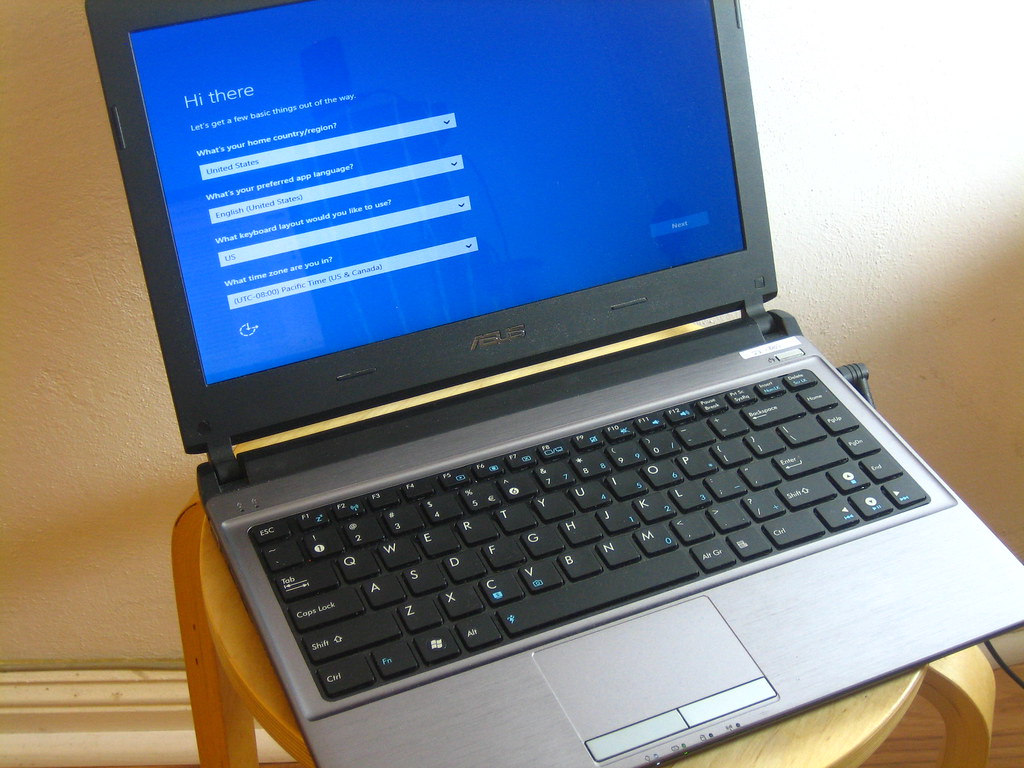
13. System Control: Its Role in Operating Systems.
The dollar sign’s utility extends deeper into the digital infrastructure, playing a crucial, though often hidden, role within the operating systems that power our computers. From signaling the end of a command to securing shared network resources, this unassuming symbol takes on significant functional importance, reflecting design choices made decades ago that continue to influence how our machines behave.
In the foundational world of CP/M, and subsequently in MS-DOS compatible operating systems, the dollar sign historically served as a critical marker: it marked the end of text displayed by system function 9. This function was rooted in early computing, when clear delimiters were essential for managing input and output. CP/M’s creator, Gary Kildall, famously hinted at a secret behind its choice, underscoring its deliberate integration into system operations, building on previous “end of line” uses in editors like QED and DECsystem-10.
Windows operating systems leverage the dollar sign for a particularly practical security feature: hiding shared folders or resources. By appending a ‘$’ to a share name, such as `\\server\share$`, a folder becomes accessible only by explicit reference, rather than being visible during network browsing. This functionality, commonly employed for administrative shares, acts as a stealth mechanism, preventing casual discovery while maintaining controlled access permissions, illustrating its direct impact on network security and accessibility.
Beyond these widespread uses, the dollar sign maintains specialized roles. In the LDAP directory access protocol, it functions as a line separator within attributes like `postalAddress`. The UNIVAC EXEC 8 operating system assigns a broader “system” meaning, appending it to names of system files, messages from the operator, and default system-created files. In RISC OS, it defines system variables and denotes the root directory of a file system, showcasing its enduring utility in managing complex digital architectures.
Read more about: URGENT Safety Alert: Ford Super Duty F-Series Owners Face Critical Steering Column Recall Risk

14. Beyond Currency and Code: Diverse Applications.
The pervasive nature of the dollar sign is perhaps best illustrated by its adoption in an intriguing array of contexts far removed from financial transactions and core computing functions. This adaptability speaks volumes about its simple yet powerful visual form, enabling it to convey meaning and structure in unexpectedly diverse fields, from data analysis to nuclear physics.
In spreadsheet software like Excel, the dollar sign is indispensable for defining cell references. By preceding a row or column identifier, it “fixes” that part of the reference, creating a fixed or absolute cell reference. This allows formulas to be copied without unintended shifts in their referenced data, a critical function for efficient data manipulation and analysis, making the dollar sign a cornerstone of spreadsheet work.
Beyond numerical data, the symbol finds application in textual and informational systems. In library catalog records, it serves as a subfield delimiter, helping to organize complex bibliographic information. Within text processing tools like `sed`, `grep`, and regular expressions, the dollar sign is a powerful anchor: it precisely matches the *end* of a line or string. Similarly, in text editors such as `ed` and `vi`, it signifies the end of a line or the entire file, providing a quick way to navigate or specify operations.
Its symbolism also extends into the highly specialized world of nuclear reactors, where a dollar symbol is used as a unit of reactivity. “0 $” represents slow criticality—a steady reaction rate—while “1 $” marks prompt criticality, denoting a dangerously rapid nuclear excursion or explosion. This stark application underscores the symbol’s capacity to convey critical thresholds. Furthermore, its playful manipulation in popular culture (e.g., “Micro$oft,” “Ke$ha”) and its use in Scrabble notation to distinguish North American-valid words from British ones, reveal its surprising flexibility as a modern cultural signifier, even serving briefly as a letter in the 1993 Turkmen Latin alphabet.
From its ambiguous scribal origins in the West Indies, evolving through the grandeur of the Spanish Empire’s coinage and the meticulous calculations of early merchants, the dollar sign has transcended its initial purpose. It has transformed into a symbol of unparalleled versatility, permeating not just our economies but also the intricate logic of our digital world and even the precise language of nuclear physics. Its journey is a testament to the enduring power of simple marks to carry profound and multifaceted meanings, constantly adapting to new technologies and cultural contexts. The dollar sign, in all its one- or two-stroked glory, is far more than just a monetary indicator; it is a fascinating artifact of human ingenuity, continually shaping how we quantify, organize, and communicate in a rapidly evolving global landscape.



